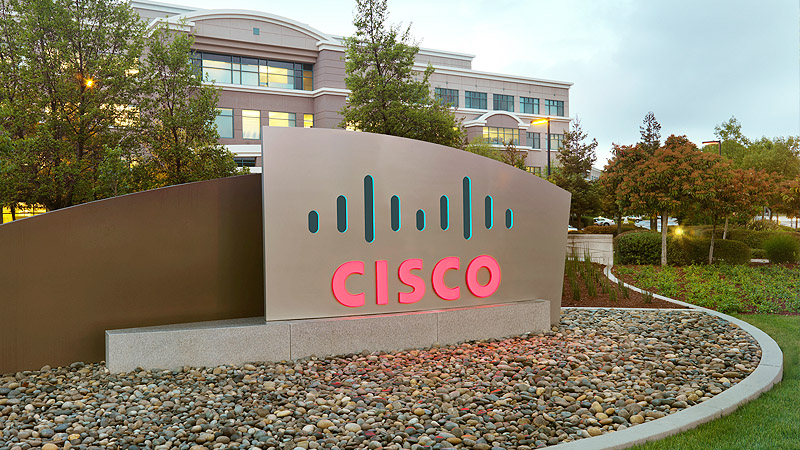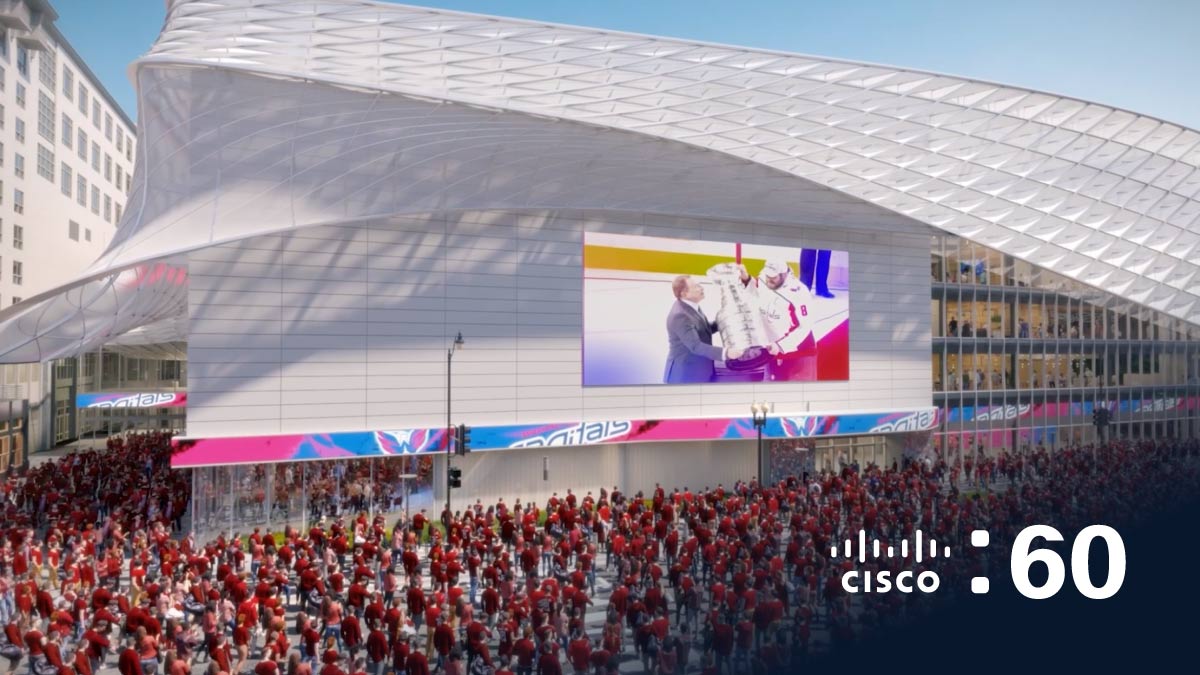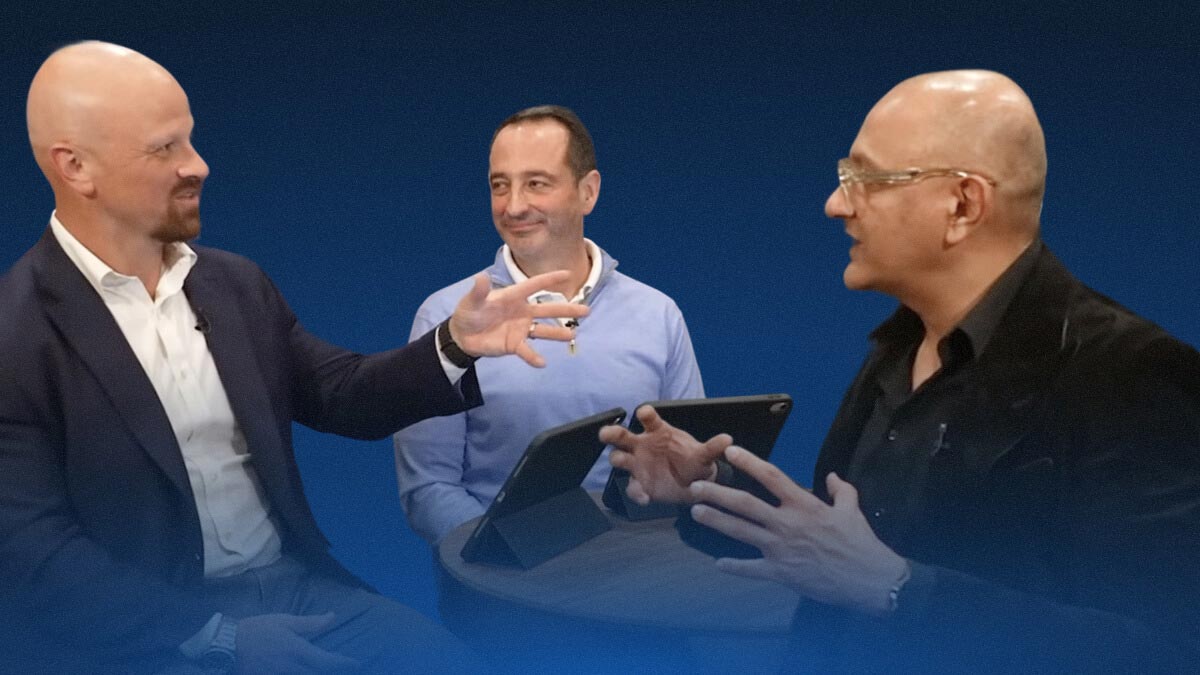SAN JOSE, Calif. -- January 7, 1998 -- Cisco Systems, Inc. today announced new network modules and planned software features for the Cisco 4500 and Cisco 4700 mid-range routers. The new features provide users with increased capabilities and flexibility to build high-bandwidth networks on a foundation of rich quality of service (QoS) and traffic accounting. The new offerings include a long-reach ATM OC-3 module, a mixed version of the high-density serial interface, NetFlow accounting and Tag Switching.
Longer Distances for High-Speed ATM
As part of Cisco's continuing leadership in supporting ATM in the midrange router market, Cisco announces the new long-reach ATM OC-3 module. The NP-1A-SM-LR, supports distances of up to 40 km over high-quality fiber, a significant extension over the 15-km support offered on the existing, intermediate-reach ATM OC-3 single mode module. With the full-featured traffic-shaping capabilities of the NP-1A-SM-LR and Cisco IOS software, service providers, enterprises and cable operators can build metropolitan and wide-area extranets with robust QoS even when the distance between nodes exceeds 15 km or when the fiber is dark. When distance or high speed is not an issue, an existing Cisco 4500 or Cisco 4700 ATM interface that supports OC-3 multimode, OC-3 single mode, DS-3 or E3 can supply robust QoS, because the same traffic-shaping features are supported.
Increased Flexibility; Lower Costs
The new high-density serial modules, NP-2T16S-232V.35 and NP-2T16S-232X21, are equipped with two T1/E1 serial ports that each support up to 2.048 Mbps and 16 lower-speed ports that each support up to 128 kbps. These modules differ from existing versions of the high-density serial modules in that one-half of the 16 low-speed ports are E1A/T1A 232, and the other are either V.35 or X.21.
"By dramatically lowering costs when mixed physical layers on the low-speed ports are required, these modules enable new applications for enterprise and service provider customers alike," said Ian Pennell, director of marketing for midrange systems at Cisco Systems. "With an installed base of more than 90,000 Cisco 4500 and Cisco 4700 series routers worldwide, customers can now take full advantage of the modular design of these solutions by affordably adding new functionality while protecting their initial investments."
When combining two of any of the versions of the high-density serial modules on a Cisco 4500 or Cisco 4700, customers achieve a density of 36 serial ports for WAN aggregation, IBM serial concentration and async integration. Async integration for terminal, modem or automated equipment support is possible because each of the E1A/T1A 232 ports can be individually configured for either sync or async.
To help customers scale their extranets to higher density, bandwidth and QoS levels, Cisco 4000 and Cisco 4000-M customers can take advantage of these new modules and software features by trading in existing Cisco 4000 and Cisco 4000-M routers for Cisco 4500-M or Cisco 4700-M's under the Cisco Technology Migration Plan. Customers can obtain more details from their account managers or call (800) 778-3632 for a free Cisco 4500/4700 trade-up kit.
NetFlow Accounting, Tag Switching and Cisco Express Forwarding
NetFlow accounting collects and exports a rich set of traffic statistics that provide proactive network monitoring and troubleshooting and serve as the basis for accounting, billing and QoS metering. These capabilities are critical for both enterprise intra- and extranets as well as for the differentiated services that service providers plan to offer on their internets. Tag SwitchingTag Switching combines the scalability of Layer 3 routing with the benefits of Layer 2 switching to scale IP-over-ATM backbones and provide sophisticated traffic management capabilities to IP router backbones.
Cisco Express Forwarding (CEF) is a new switching mechanism that is optimized for the changing Internet and enterprise network traffic patterns resulting from increasing numbers of shorter-duration flows typically associated with Web-based applications and interactive-type sessions. In addition to meeting these emerging performance requirements, CEF also enables a rich set of new QoS features available in Cisco IOS software. In combination, these three rich and robust Cisco IOS feature sets protect the large investment in Cisco 4500 and Cisco 4700 routers that customers have. By increasing performance, scalability, QoS and accounting, these features unlock the rich promise of extranets without expensive hardware upgrades.
Cisco Systems
Cisco Systems, Inc. (NASDAQ: CSCO) is theworldwide leader in networking for the Internet. News and information are available athttp://www.cisco.com.
Cisco IOS is a trademark, and Cisco, Cisco Systems, and the Cisco Systems logo areregistered trademarks of Cisco Systems, Inc. in the U.S. and certain other countries. All othertrademarks mentioned in this document are the property of their respective owners.



